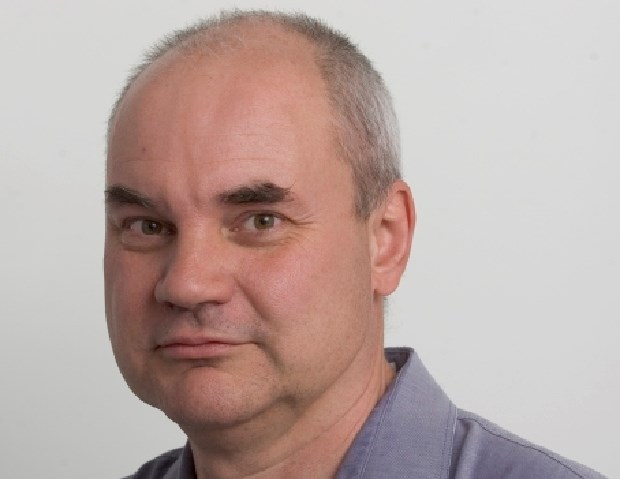 Greater Victoria politicians might want a peek at what’s happening north of the Malahat.
Greater Victoria politicians might want a peek at what’s happening north of the Malahat.
When residents of North Cowichan and Duncan troop to the polls this November, they’ll get to vote on whether they want an amalgamation study.
Not a vote on amalgamation itself, mind you. Just a referendum on whether they want to see an analysis of its pros and cons.
It’s exactly the sort of question a dozen capital region municipal councils — all those except the one in the City of Victoria — have been balking at putting on the ballot here in Dysfunction-by-the-Sea. Because, you know, if you let the people engage in direct democracy, the next thing you know the womenfolk will be wanting book-learnin’ and the kids won’t fight in ’Nam.
Good grief, why are councillors so resolutely reluctant to gauge what people think?
“What are you afraid of?” John Vickers, the vice-chairman of Amalgamation Yes, asked this week as his group released an Angus Reid survey showing that:
- 84 per cent of capital region residents favour amalgamation
- 89 per cent support a non-binding referendum on amalgamation
- 80 per cent want an independent cost-benefit study and analysis
- Only 16 per cent believe the region’s status quo is working
Those findings run smack into the claims of councillors who maintain amalgamation isn’t a priority for their constituents.
There’s only one way to settle the issue: Ask voters if they want an independent analysis of what redrawing the boundaries would mean.
Amalgamation isn’t the obvious cure some people think. While no one would design a governance system like ours — 13 independent fiefdoms and 91 councillors for what is effectively one medium-sized city — merging them would be complicated. Heaven knows how you would reconcile the pro-development policies of Langford with those of defiantly rural Metchosin, or how would you marry unionized fire departments with those relying on volunteers. Victoria has backyard garbage pickup, Saanich doesn’t and most West Shore municipalities don’t provide the service at all. And the oft-cited savings involved in reducing the number of elected officials would, relative to the overall budgets, be a drop in the bucket.
Maybe amalgamation is, in fact, a rotten idea. But that’s the point: You can’t make an informed choice without an independent analysis that identifies the benefits and drawbacks. As things stand, councils are being wilfully deaf, won’t even let residents say if they want such a study.
Politicians didn’t used to be this insulated from unwanted information. All manner of questions used to be posed to voters on election day. In 2008, Ross Crockford — best known these days as the Johnson Street Bridge watchdog — dug up a bunch of examples.
- 1956 — Oak Bay residents banned the sale of raw milk.
- 1958 — Victorians voted 2-1 in favour of amalgamation with Saanich, but Saanich residents rejected the proposal by a similar margin.
- 1961 — Saanich voters approved the sale of beer by the glass.
- 1981 — Victorians voted for Sunday shopping (some of us are still bitter about that).
Not only did we get to vote on more questions, we got to vote more often, too. Up until 1990, civic elections were held annually. Municipal councillors served two-year terms, with half the seats up for election each fall.
But then B.C. shifted to three-year terms, with everyone elected at once. This November, for the first time, we’ll go to four-year terms, meaning the next civic election — the next chance for voters to have a say in the direction of Greater Victoria — won’t be until late 2018.
Amalgamation Yes, figuring municipal councils are knowingly blocking the will of the people, wants the province to intervene, but the Liberals have steadfastly refused to wade into the capital’s interminable internecine squabbles, whether they be over sewage, policing, transportation or regional governance. (Note that last year’s provincial election left Greater Victoria without a voice at the government table for the first time since 1952.)
In short: If amalgamation doesn’t get on the ballot this time, it will be a dead issue for four years.



